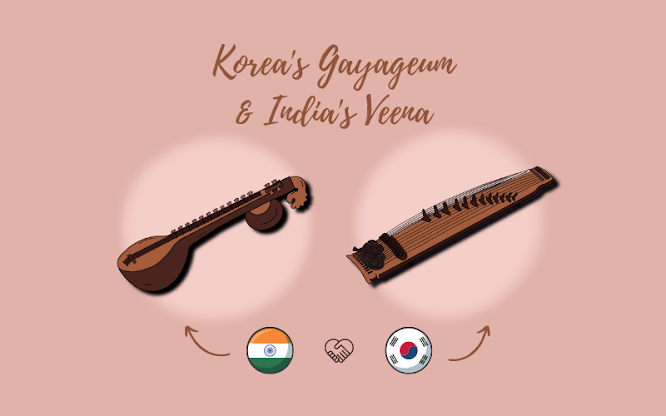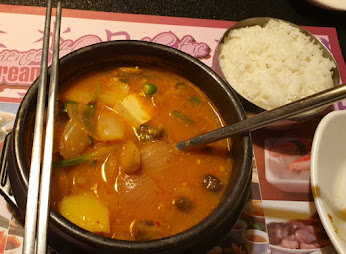Five Voices, One Harmony! SHINee - The Legendary Legacy and Its Members

SHINee is a South Korean boy band formed by SM Entertainment in 2008. Known for their innovative music, impressive dance performances, and fashion-forward style, SHINee quickly rose to fame and became one of the leading K-pop groups in the industry. With their diverse talents and captivating charm, SHINee has garnered a dedicated global fanbase known as "Shawols." Members : 1. Onew (Lee Jin-ki): D.O.B: December 14, 1989 Birthplace: Gwangmyeong, Gyeonggi Province, South Korea Interesting Fact: Onew is not only the leader of SHINee but also known for his exceptional vocals and acting skills. He has appeared in various television dramas and musicals, showcasing his versatility as an entertainer. 2. Jonghyun (Kim Jong-hyun): D.O.B: April 8, 1990 Birthplace: Seoul, South Korea Interesting Fact: Jonghyun was not only the main vocalist of SHINee but also an accomplished singer-songwriter and record producer. He contributed to many of SHINee's hit songs and pursued a successful...



